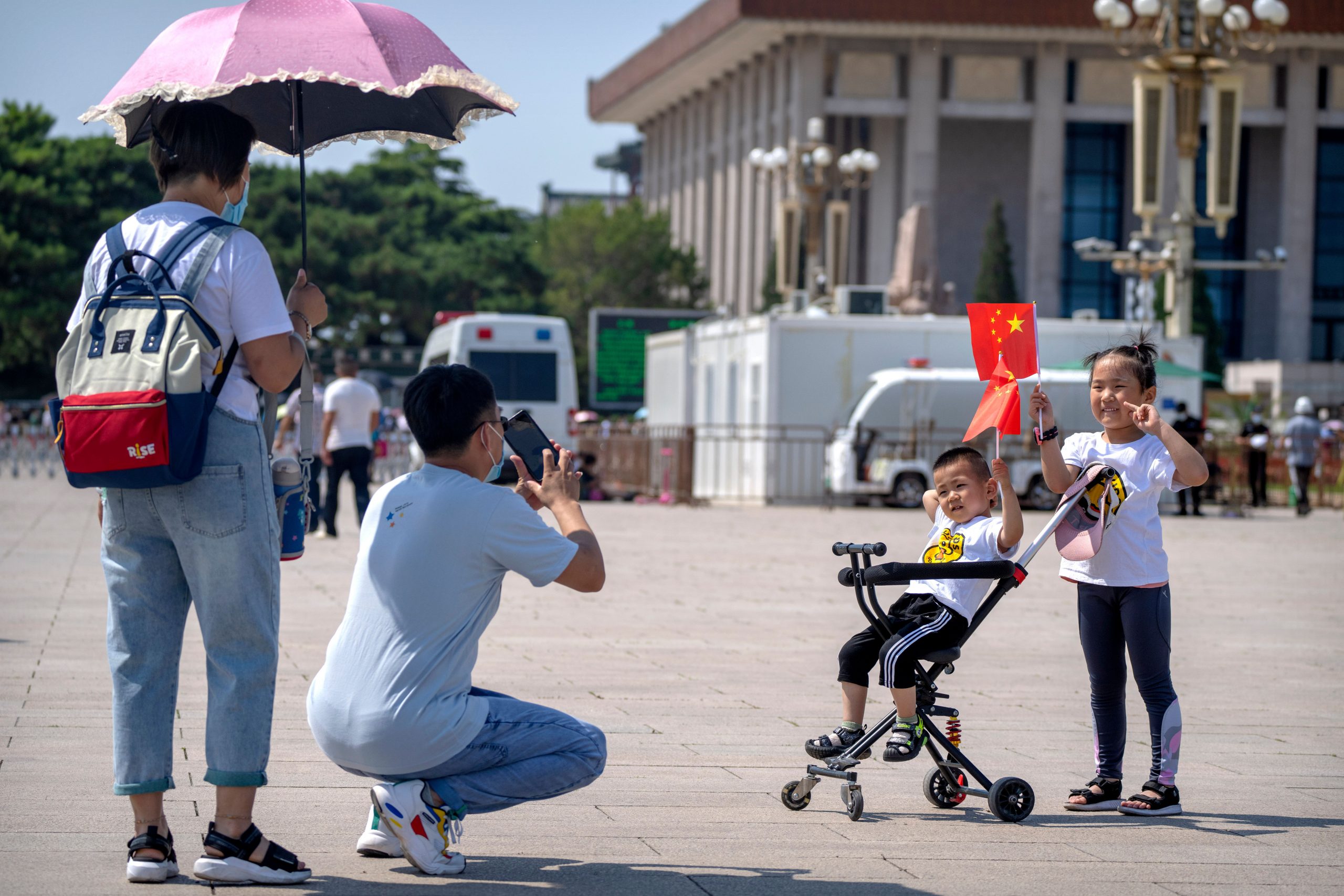China, a country which for long had a strict one-child policy and stringent family planning regulation, now wants couples to have three children. The Chinese ceremonial legislature on Friday amended the Population and Family Planning Law to legally allow couples to have a third child.
This major policy shift is China’s attempt to hold off a demographic crisis that could threaten the country’s hopes of increased prosperity and global influence.
Also Read | China’s belt and road project sparks fresh protests in Pakistan’s Gwadar
History of China’s population policy
China enforced the one-child per family law from the 1980s. The implementation of the law saw threats, fines and job losses for having more than one child.
This lead to forced abortions and other abuses. The one-child policy was also one of the reasons for a greater preference for sons. This in turn created a massive imbalance in sex ratio.
For long, China claimed that its one-child policy had prevented 400 million additional births in the world’s most populous country, thus conserving resources and the environment.
What prompted the change?
The Chinese government eased family planning rules for the first time when it allowed two children per family. The decision was taken when Beijing realised the looming consequences of the country’s plummeting birthrate.
One of the major fears of the Chinese government was and continues to be is that China might grow old before it becomes wealthy.
Also Read | Ever Given returns to Suez Canal first time after March blockade
The working age population of China has fallen significantly over the last decade and the population has grown only barely. A once-a-decade government census found the population rose to 1.411 billion people last year, up 72 million from 2010. Statistics show 12 million babies were born last year, which would be down 18% from 2019’s 14.6 million.
The prime cause for concern
Chinese over 60, who number 264 million, accounted for 18.7% of the country’s total population in 2020, 5.44 percentage points higher than in 2010. At the same time, the working-age population fell to 63.3% of the total from 70.1% a decade ago.
The shift to the two-child rule led to a temporary bump in the numbers of births but its effects soon wore off and total births continued to fall because many women continued to decide against starting families.
What the three-child policy is all about?
Now, the Standing Committee of the Chinese National People’s Congress will no longer impose fines on having more than two children. Further, there are provisions of additional parental leave and childcare resources. The government is also taking measures in finance, taxation, schooling, housing and employment should be introduced to “to ease the burden on families,” the amendment said.
The policy also seeks to do away with discrimination against pregnant women and new mothers at the workplace. Female representation in the Chinese labour force is high, but Chinese women occupy only 8.4% of leadership positions. Even among leaders of the Chinese Communist Party, only 11% are women.
With inputs from Associated Press







